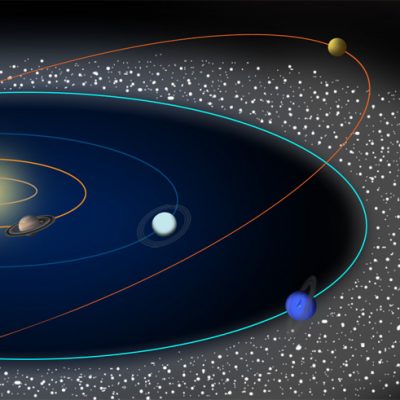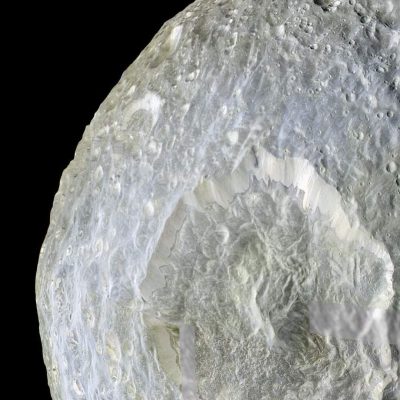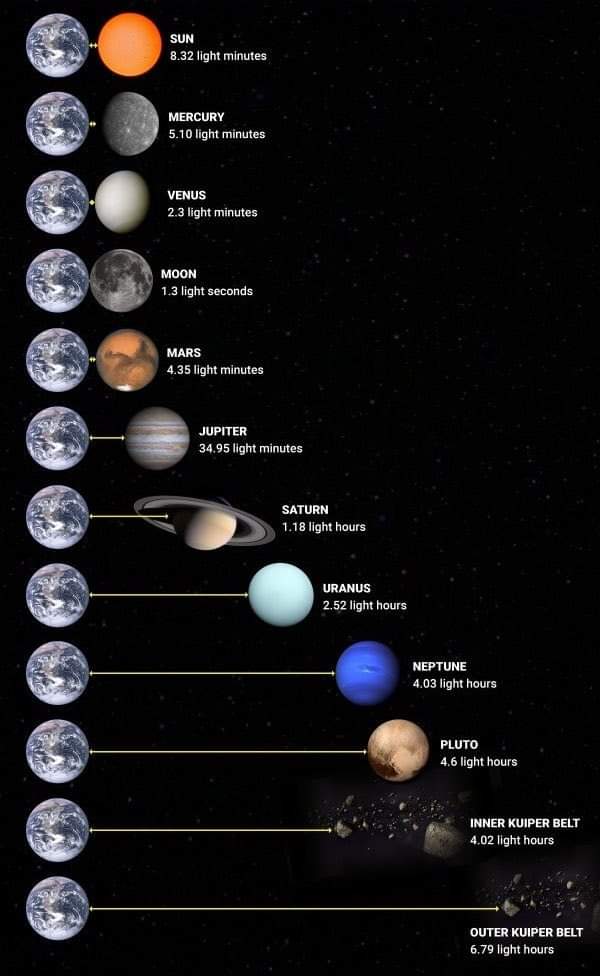A galaxy is a mass of stars, interstellar medium, interstellar medium, gases, dust particles, and black matter that have become extremely massive and gravitational.
There are dwarf galaxies in the universe ranging from a trillion stars to gigantic galaxies with a trillion stars. All the stars in the galaxy revolve around their center of mass. The Solar System, which includes our Earth, is located in the Milky Way galaxy.

The galaxies are classified according to their apparent shape. The most common forms are elliptical galaxies and spiral galaxies. Strange or abnormally shaped galaxies are called peculiar galaxies. They change shape due to gravity from other galaxies. Such activities, which lead to the formation of galaxies, increase the rate of star formation and the formation of starburst galaxies. Small galaxies that do not have an exact structure are called irregular galaxies.

It is estimated that there are more than 2 trillion galaxies in the visible universe. Most galaxies are between one thousand and two hundred thousand parsecs in diameter. The distance between galaxies is megaparsecs. The space between galaxies is filled with very low density (less than one atom per cubic meter) gas. Galaxies form groups and clusters that combine to form superclusters, sheets, and filaments. The areas where there are no galaxies between the filaments are called voids.
Although not yet well understood, black matter contributes about 90 percent of the mass of galaxies. Astronomical observations indicate that supermassive black holes are located in galaxies. These are thought to be the main cause of active galaxy centers found at the center of some galaxies. It is understood that such an object is located at the center of the Milky Way.




Recent Comments